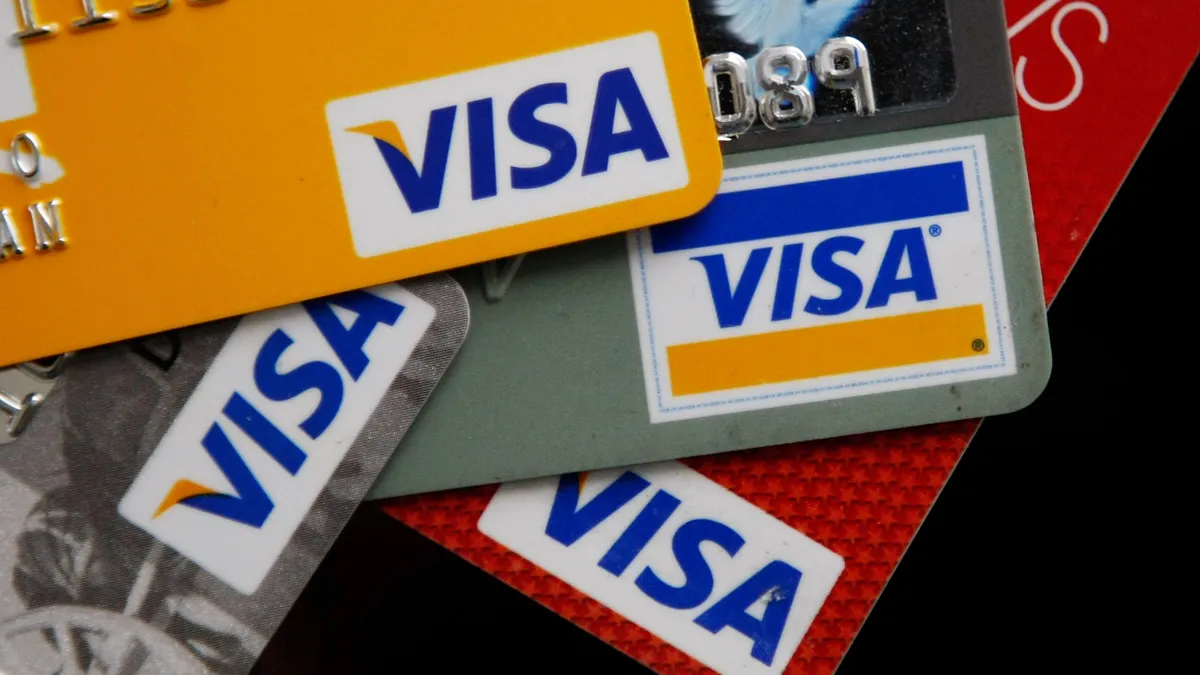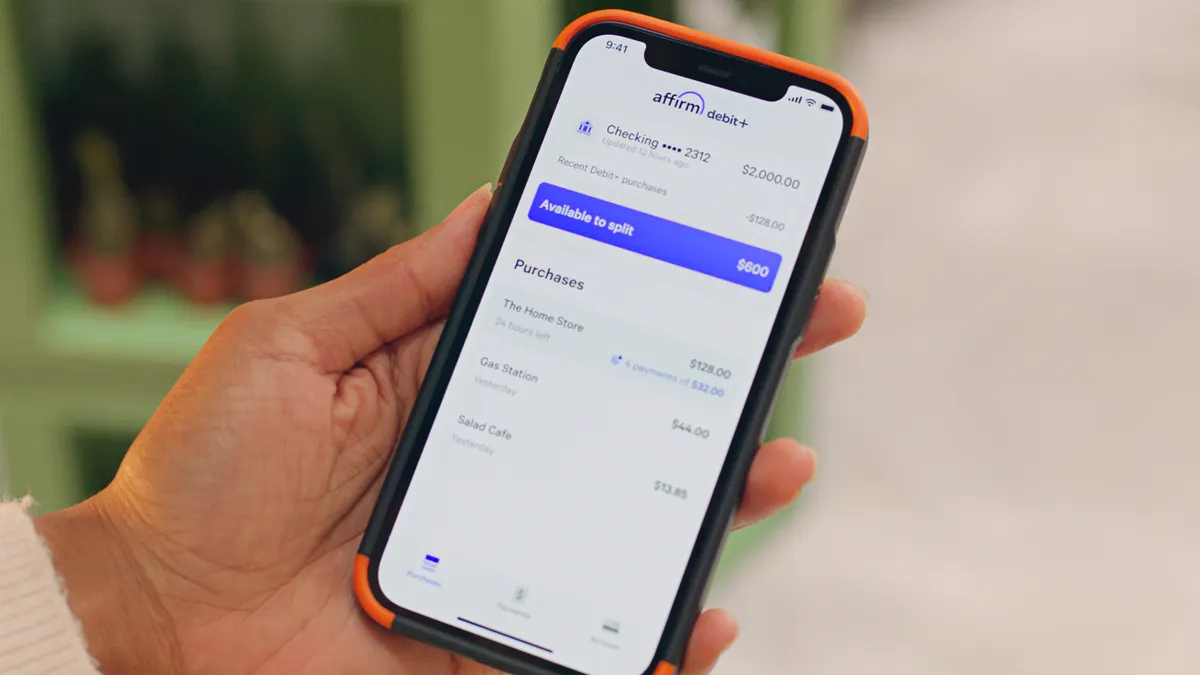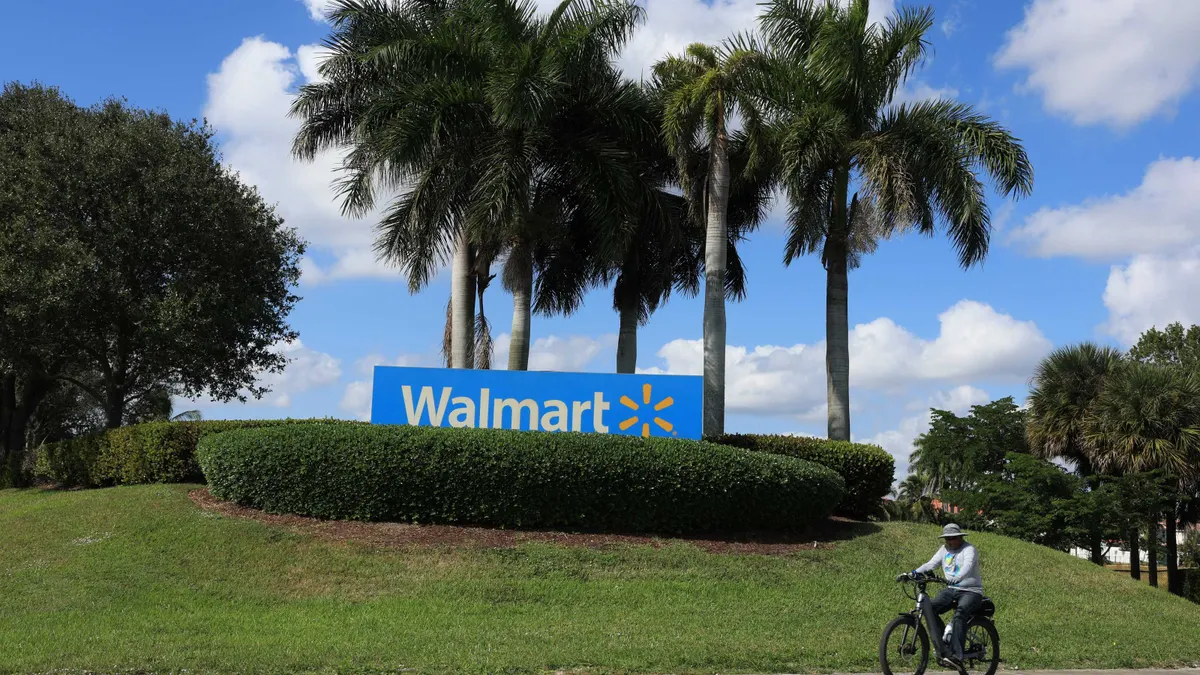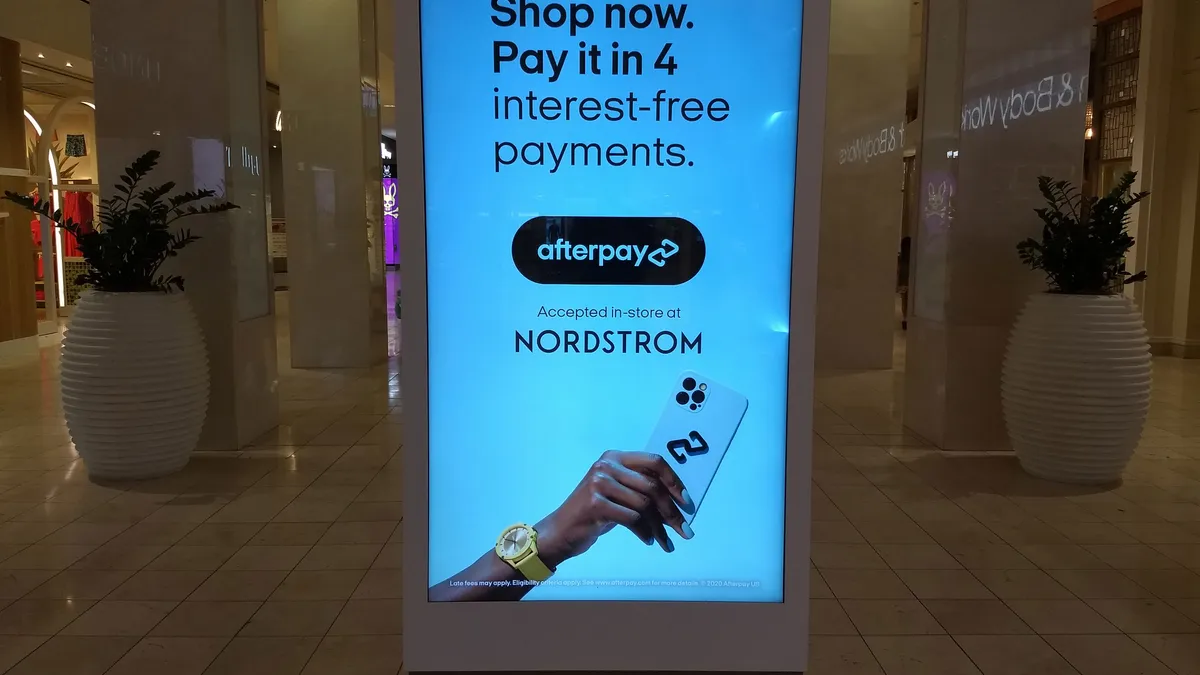Visa is pitching account-to-account payment services as it seeks to capture business in payment flows beyond its card network sweet spot.
The biggest U.S. card network remains ready to offer A2A services in the United Kingdom this year, before rolling it out in other parts of Europe and elsewhere, Visa CEO Ryan McInerney said during the company’s fiscal first quarter earnings webcast Friday. The company talked about the U.K. plans last September too.
“We still are on track to launch Visa A2A in early 2025,” McInerney said. “After we announced it, we've done what we always do, which is have a bunch of great conversations with clients and partners and regulators in the U.K.”
Initially, the A2A offering will be focused on bill-pay services for merchants and consumers, the CEO said, noting that the company has spotted demand for the types of rules and processes that Visa has in payments.
“Bill-pay in the U.K. is just the start, but we think that the power of taking some of these Visa capabilities into the account-to-account space is going to be a great benefit for our clients and our partners in the ecosystem,” he contended.
The move by Visa is noteworthy because the card behemoth has increasingly leaned into developing other types of payments services as the card market in the U.S. and elsewhere matures. Some parts of the world have already moved away from cards in favor of digital alternatives and U.S. consumers are also increasingly using such tools that don’t rely on card payment rails.
The service is also known as ‘pay-by-bank’ services because the payment skips cards and moves between bank accounts. The option is popular with merchants who are seeking ways to avoid card interchange fees.
A Visa executive said last May that the network is preparing to offer pay-by-bank services in the U.S. following its extension of such services in Europe, with an assist from its 2022 European acquisition of the open banking firm Tink, which enables banks, merchants and fintechs to move money. Visa is piloting such services with U.S. customers, Visa Chief Product and Strategy Officer Jack Forestell said at an investor conference at that time.
Nonetheless, Visa also faces plenty of competition in the A2A realm as other payments players expand into that market. For instance, Early Warning Services Zelle service and Chicago-based startup Aeropay also provide account-to account services.
Visa’s fiscal first-quarter net income increased 5% over the year-ago quarter to $5.1 billion, as revenue rose 10% to $9.5 billion, according to the report.
In the report, for the period ended on Dec. 31, the company also said the constant dollar value of payments volumes rose 9% over the year-ago period, with credit volume climbing 6% and debit volume increasing 9%.
When an analyst asked about the benefit of another type of payments, cryptocurrency, Visa Chief Financial Officer Chris Suh downplayed the importance of that alternative. “There are a few ways that crypto can show up in our underlying drivers, but typically when we see an impact, we do see it in our cross border e-commerce volumes,” Suh said. “Given the recent demand and activity around crypto, it is a modest benefit, I would say, to our cross-border e-commerce [volume], but it's one of the smaller benefits.”
The crypto arena also includes stablecoins, and Visa has provided some services to support the use of those digital assets tied to a fixed currency. Analysts at the investment firm William Blair said they expect use of stablecoins to offer Visa another non-card opportunity in the market.
“Whereas some have argued that crypto, generally, and stablecoins in particular pose a risk to the network model, we disagree,” the William Blair analysts said in a Friday note to clients. “Whereas stablecoins will likely be used more widely to fund cross-border remittances and certain B2B transactions, we do not see them disintermediating the networks’ ubiquitous, safe, and affordable rails.”
As far as the year ahead generally, Suh noted Visa is entering a number of negotiations with respect to clients renewing contracts. “This was going to be a big year for renewals, with more than 20% of our payment volume impacted and starting really meaningfully with that renewal cycle in the first half of the year,” Suh said.
And McInerney explained that the company and its sales force has been taking a different approach to those talks in recent years, leaning into selling a broader array of services.
“The types of conversations that we're having with our clients are much more multifaceted,” McInerney said. The teams are “building on deep relationships, historically in consumer payments, and taking the opportunity of these renewals to really expand our partnerships, especially into new flows opportunities, into [value-added services] opportunities, deepening our relationships with those partners and creating new revenue growth.”






















